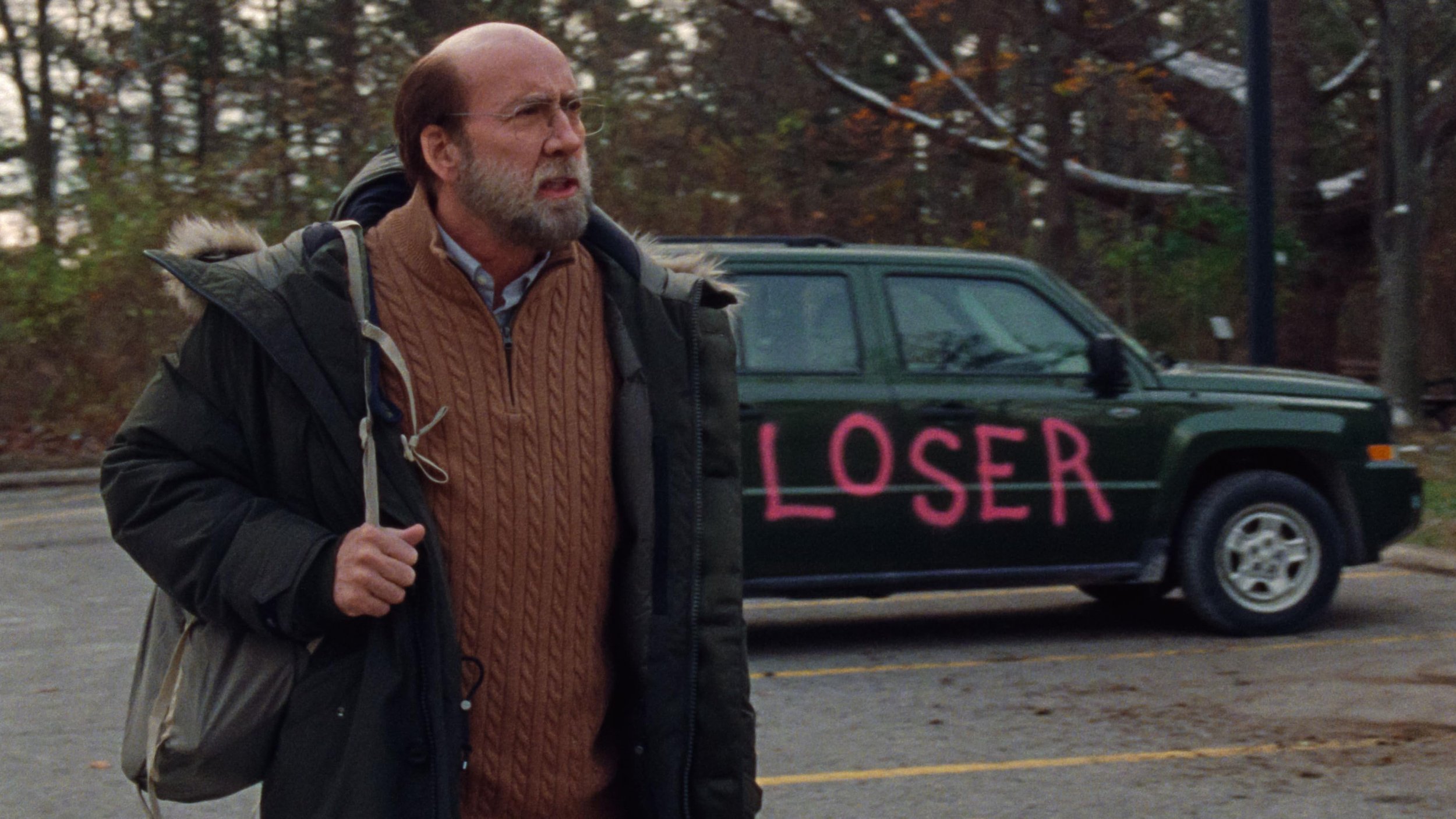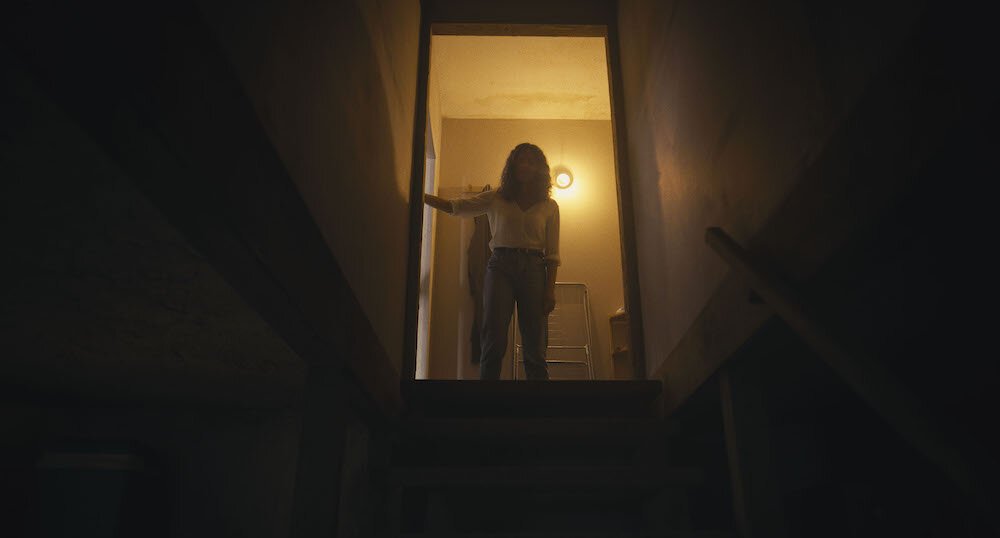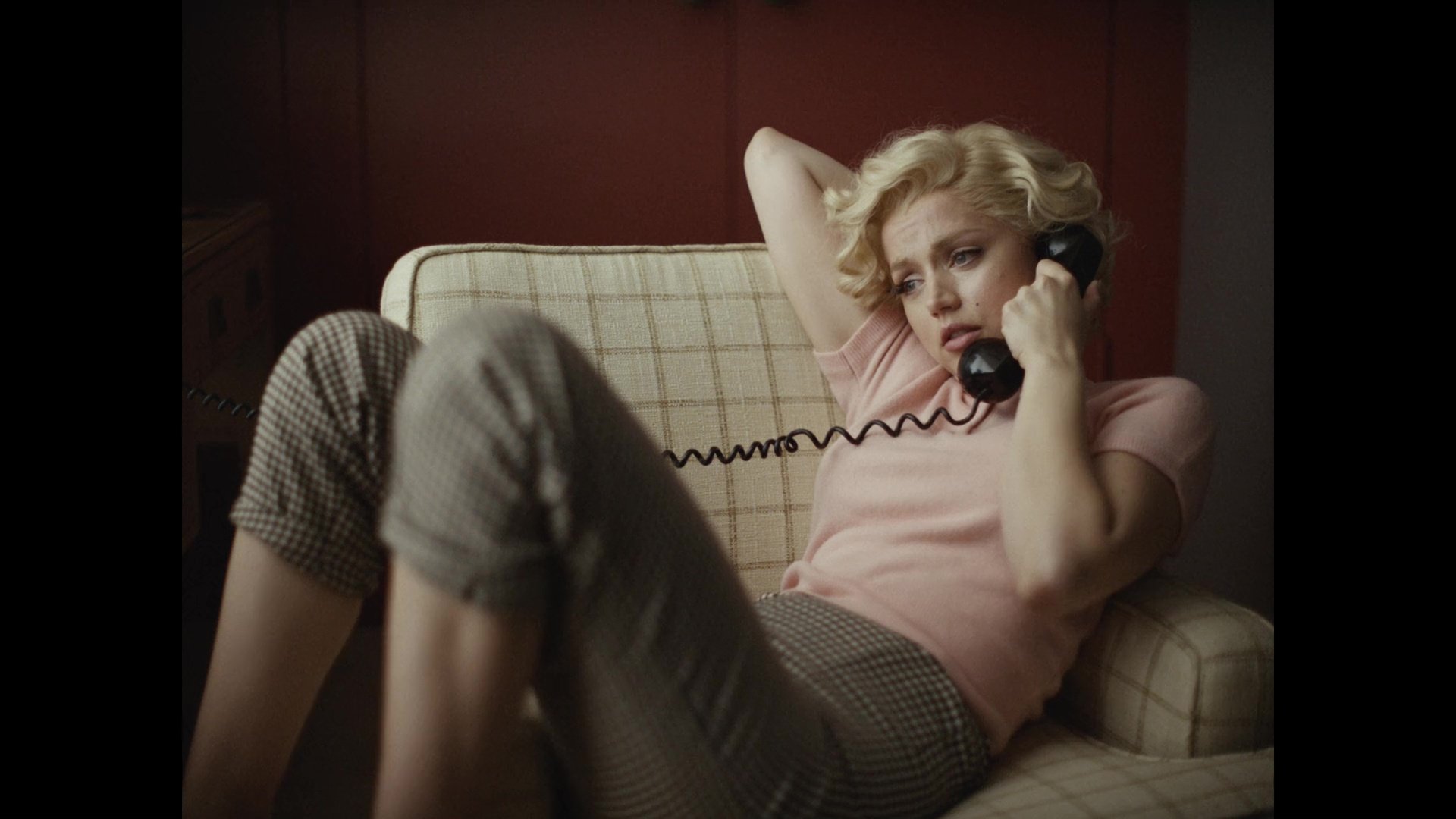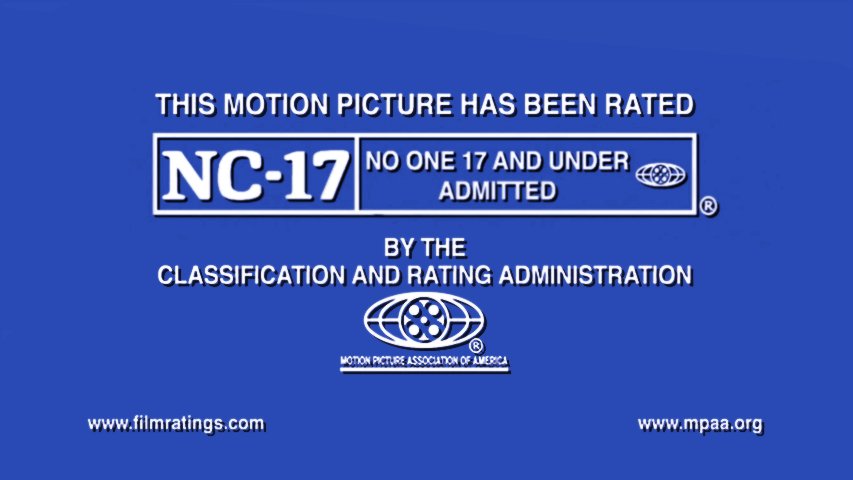The year is coming to an end and so comes the obligatory reflection. As always new films are a priority, but every year I try to give myself a goal of exploring more and more of cinema. This year I wanted to focus more on Black filmmakers, particularly women filmmakers.
2023 Releases
A lot has been written about Barbie and Oppenheimer, so I’m not going to add much here. I will say that the two films are the most important movies of the year. Rarely do we see not just one movie but two enter the zeitgeist in such a manner. Thankfully they are also great films. Killers of the Flower Moon (review here) seems likely to stay in my top 3 for the year, but I still have some big 2023 releases I haven’t gotten to see yet. Here are some stand-outs that I consider best.
Past Lives
Two childhood friends reunite over 20 years later. She emigrated to the US, via Canada, and he stayed in South Korea. The Korean concept of In-yun, the idea that interactions between people in this life are connected to interactions in past lives, is explored. A great script, great performances, and great camera work. This one too, is for sure in my top 3.
May December
The unfair thing that happened while I was watching this about 20 minutes in. I started to think of it as Todd Haynes remaking a lost late 90s Pedro Almodovar film. But here’s the thing, even though that isn’t what happened, the phrase “Todd Haynes remakes a Pedro Almodovar film” would make that essential viewing. An actress comes to spend time with a woman she will be playing in a true-life film. The woman had been convicted of statutory rape in the 1990s, went to jail, and then started a family with her victim. It isn’t quite as grim as it sounds, or maybe it is, but it is very layered and nuanced. Yes, it will probably leave you feeling icky, but that is the point.
Bottoms
Possibly the best comedy of the year, though No Hard Feelings was pretty good too. The director of Shiva Baby returns with a truly bizarre high school comedy. In effort to climb the social ladder, as well as meet girls, two outcasts start a women’s self-defense club. I went in expecting it to be a little more grounded than it was and that is on me. It’s more Not Another Teen Movie than say Ferris Bueller. The stars Rachel Sennott and Ayo Edebiri are hilarious and former Seahawk Marshawn Lynch almost steals the movie.
What I haven’t seen yet and am excited about are the Origin, All of Us Strangers, Zone of Interest, and American Fiction.
New Discoveries
Little Woods
Nia DaCosta’s first feature, about a woman who has to make some tough decisions with only 8 days left on her probation. My favorite quote from the film, and a pretty good summation of the themes, is "Your choices are only as good as your options are."
News From Home
A post Jeanne Dielmann Chantel Ackerman moved to New York City and made these mostly static camera shots of the city. Ackerman then reads in voiceover the letters her mother sent from her home in Europe. It may sound dull, but Ackerman documents 1970s NYC in such a way one can’t not be intrigued.
My Brother’s Wedding
Charles Burnett’s often overlooked second feature about a man tore between loyalties. To his brother, and to his childhood friend who recently left prison. Part of the reason this was overlooked is because it was mishandled originally in 1983. Burnett had to release a rough edit then, and in 2007 he finally finished it.
Last of Sheila
I ended up writing at length about this (read here), but I wanted to call it out again because I really enjoyed it. It is very 70s, but it is fantastic.
Skeletons
Movies I’m a little embarassed about not having seen by this point.
Harvey
Somehow, I had never sat down to watch the entirety of this Jimmy Stewart classic. Funny and whimsical, and a timeless performance by Stewart. A classic for a reason.
Rio Bravo
An important western that influenced several directors over the decades. I am a fan of several Hawks features and was interested to see what the fuss was about. However I am not a fan of John Wayne, so that was a minus against it. It's not bad, and a pretty fun hangout but it does feel bloated. Well made, shot, etc. I feel like Angie Dickenson deserved better, especially compared to other Hawksian women roles. It shares a lot of similarities with High Noon. Apparently this was Hawks and Wayne’s answer to that film, but High Noon is loads better.
The Trial
Not exactly considered essential viewing, outside of Welles cinephiles, but being a bit of Kafka and film noir fan I somehow didn’t get around to this sooner. It is not strictly noir, but it has elements. Welles finds a way to take the intellectually confounding text on bureaucracy and visually capture Kafka's mindset, not just the story itself.
Final Thoughts
2023 seems to have been a solid year at the cinema. A fun thing that kept coming up for me was Stop Making Sense and Michael Cera. The Talking Heads concert film had a celebrated rerelease this year, which was fantastic to see in cinemas, and Cera ended up in three films I saw this year. Barbie, The Adults, and Dream Scenario. What’s funny is that in one dream sequence, Nic Cage wears a Stop Making Sense suit. Not particularly life changing, but a fun coincidence.
~Andrew





























